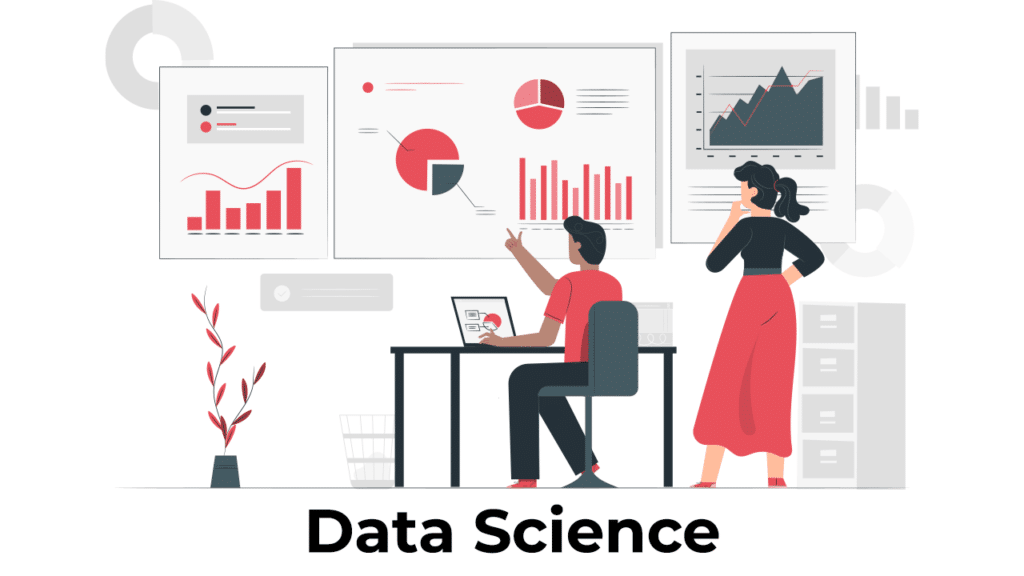The Field of Data Science Continues to Change the World for the Better
Sci-fi novels and television shows predicted the invention of self-driving cars, robot butlers, and self-lacing shoes, but without data science, these products would remain fiction. But data science is capable of much more than that.
In fact, it touches every aspect of modern life.
A Brief Overview of Data Science
Data science began in the 1960s as a branch of computer science, but the term “data scientist” wasn’t coined until the late 2000s. Since the 1990s, data scientists have been collecting user data, but it wasn’t until the early 2010s that it was used to make sales and new technology.
Applications that collect and analyze data rely on statistics and statistical models to create outcomes. Such technology has evolved to include modern-day concepts and practices, such as the Internet of Things, machine learning, and artificial intelligence, to track online behaviors.
Now, data is used in all industries, typically as a profit motive. Businesses use data science to drive better decision-making, but it also appears in medicine, engineering, and social sciences.
A data scientist, unlike a statistician, understands software architecture and programming languages. If you wish to explore the data science career path, know that these professionals require at least a bachelor’s degree, Python and R experience, and a growth/learning mindset.
The Data Science Timeline: How It Changed the World
Although data science has had a short lifecycle, its impact on our modern world is clear. Data is so widely used that it’s hard to imagine life before it, even if you grew up before its boom.
Data Science Beginnings: 1962-1999
The data science timeline began in 1962 when John Tukey wrote a paper that discusses the merger between statistics and computers. But few discoveries were made before 1999:
- 1974: P. Naur wrote “Concise Survey of Computer Methods,” mentioning data science.
- 1977: The International Association for Statistical Computing was created, which sought to link statistical methods with computers. Tukey wrote a second paper about data.
- 1989: The Knowledge Discovery in Databases created their first workshop.
- 1994: Business Week ran a story that covered companies that gathered personal data.
- 1999: Jacob Zahavi stated that businesses need a tool to handle large amounts of data.
Data Science In the New Millenium: 2000-2015
At the turn of the millennium, computers were starting to appear in homes and offices. Data science is starting to become the norm and more accessible to the public via software:
- 2001: Software-as-a-service (SaaS) is created, a precursor to cloud-based technology. William S. Cleveland proposed a training manual for new data scientists.
- 2002: The International Council for Science published a Data Science Journal.
- 2006: Hadoop was created to help companies store and process huge amounts of data.
- 2009: NoSQL was reintroduced by Johan Oskarsson (and is still used today).
- 2011: Job listings for data scientists increased by 15K%, as data was seen as profitable.
- 2015: Google’s speech recognition, Google Voice, and deep learning techniques are more popular than ever. Jack Clark stated that artificial intelligence is now widely used.
Data Science of the Future: 2015-2035
Data scientists and data science as a whole have become essential in business and academic research. This technology can do everything from predict health outcomes to recessions with varying degrees of accuracy. Simpler algorithms tend to be more effective than complex ones.
With that said, the data science revolution has led to more conservative programming. Data scientists are less likely to take risks, meaning big ideas will come incrementally, not at once.
Still, data science continues to change the world via improved date matching on dating apps, smart technology, and 5G. Without data science, scientists wouldn’t have made the COVID vaccine as quickly as they did or predict future outbreaks governments can fight against.


























